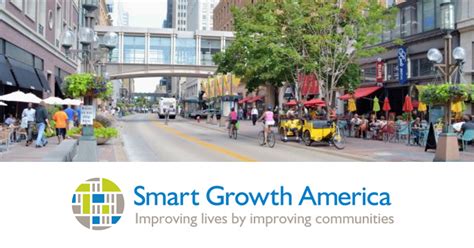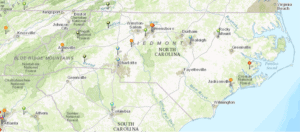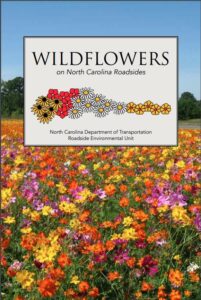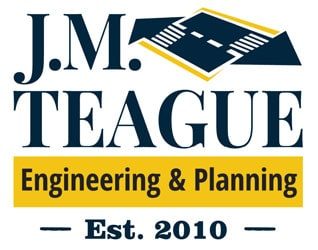
Smart Growth Principles Used in Local Communities.
Smart Growth is a balance whereby development is planned for and organized around the principle that it should be beneficial for the economy, the community, and the environment. This changes the terms of development debate from growth vs. no growth to “how and where should new development be accommodated/encouraged.”
Based on the experience of communities around the nation that have used smart growth approaches to create and maintain great neighborhoods, the Smart Growth Network developed a set of 10 basic principles to guide smart growth strategies:
- Mix land uses.
- Take advantage of compact building design.
- Create a range of housing opportunities and choices.
- Create walkable neighborhoods.
- Foster distinctive, attractive communities with a strong sense of place.
- Preserve open space, farmland, natural beauty, and critical environmental areas.
- Strengthen and direct development towards existing communities.
- Provide a variety of transportation choices.
- Make development decisions predictable, fair, and cost-effective.
- Encourage community and stakeholder collaboration in development decisions.
JMTE worked with the Town of Waynesville on the 2020 update with Stewart, Inc.
Titled Waynesville 2035: Planning with Purpose, the document outlines the guiding principles by which planning, zoning, and land-use decisions will be made over the next 15 years. It both builds upon and supersedes the old plan, called the Waynesville 2020 plan.
An article published in 2016 by Lexi Herndron “The Growth Program in North Carolina” talks about some additional North Carolina Smart Growth Projects you might find interesting.

NC Highways are in Bloom once again.

It’s springtime and the highways are in bloom thanks to the NCDOT. The North Carolina Department of Transportation NCDOT Wildflower Program began in 1985 as an integral part of highway beautification. Twelve acres were sown during the first year of production. Today, wildflower beds are installed and maintained across the state by Roadside Environmental personnel in each of the fourteen highway divisions. Please enjoy the attached booklet to help identify what’s growing on our roadways.
Here’s a quote from Smoky Mountain News:
The main goal of the plan — established through the community input process — is to preserve Waynesville’s character by supporting economic development while still protecting the environment in accordance with so-called “smart growth” principles centering on land use and development. Those principles tout mixing land uses, promoting compact building design, creating a range of housing opportunities, and encouraging walkable neighborhoods that imbue a sense of place. Farmland, critical environmental areas, and open space should be preserved, per the plan, and development should be directed towards existing communities rather than sprawling exurbs. Watershed and slope protection are also important because the regional tourism economy depends on their vitality. However, future development must also encourage a diversified economy that realizes the benefit of robust health care, education, manufacturing, and small business sectors. Recommendations included in the draft center on two concepts: land development, and infill. On the development side, nodal development around intersections is to be encouraged, as opposed to linear development between nodes. Development should also be restricted in rural areas, especially rural areas with important natural resources. To that end, a new “residential conservation” designation will limit housing in such zones to two per acre. Medium and high-density development will be directed toward major thoroughfares. Infill development — which focuses on vacant or underutilized parcels within areas that have already been developed — is to be encouraged adjacent to the GSME and in regional center districts through more flexible zoning. Redevelopment of rail corridors will continue to encourage industrial uses, but will also allow for mixed-use, including residential. Downtown Waynesville’s unique aesthetics are a result of many years of effort both by the town and by the organization that manages the town’s municipal service district, the Downtown Waynesville Association. Preserving the look and feel of the central business district — again, a major hub of Haywood County’s thriving tourism economy — means that new development or redevelopment must remain compatible with the existing character of the area, including the use of appropriate design standards. Updated land development standards, including historic guidelines for frontages, should place special focus on the “maker economy” — arts, crafts, food, and brewing. Just as the plan recognizes and celebrates downtown Waynesville, it will also attempt to bolster development in the town’s two other urban cores — Frog Level, and Hazelwood. Frog Level, just a short walk from Waynesville’s trendy Main Street, is a National Register historic district and has an industrial character that features several historic structures. Currently, according to the plan, Frog Level is undergoing an “entrepreneurial resurgence,” that should be fostered through strategic infill and streetscaping improvements.
